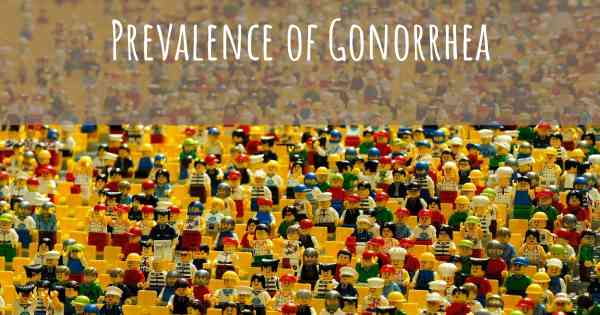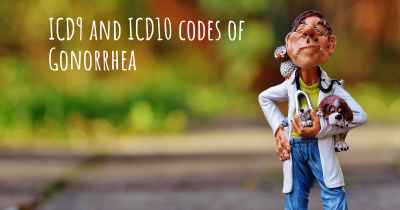What is the prevalence of Gonorrhea?
How many people does Gonorrhea affect? Does it have the same prevalence in men and women? And in the different countries?

Gonorrhea is a sexually transmitted infection caused by the bacterium Neisseria gonorrhoeae. It is one of the most common sexually transmitted diseases worldwide. According to the World Health Organization, **approximately 87 million new cases** of gonorrhea occur each year. The prevalence of gonorrhea varies across different populations and regions, with higher rates observed among certain age groups and in communities with limited access to healthcare. It is crucial to raise awareness about safe sexual practices and promote regular testing to prevent the spread of this **widespread** infection.
Gonorrhea is a sexually transmitted infection caused by the bacterium Neisseria gonorrhoeae. It is one of the most common sexually transmitted infections worldwide, affecting millions of people each year. The prevalence of gonorrhea varies across different populations and regions.
In 2016, the World Health Organization (WHO) estimated that there were approximately 87 million new cases of gonorrhea globally. However, it is important to note that this number may be an underestimate due to underreporting and lack of access to testing in certain areas.
Gonorrhea can affect both men and women, and it is most commonly transmitted through unprotected sexual contact, including vaginal, anal, and oral sex. The infection can also be passed from mother to baby during childbirth.
Factors such as inconsistent condom use, multiple sexual partners, and lack of awareness about the infection contribute to the spread of gonorrhea. Additionally, the emergence of antibiotic-resistant strains of Neisseria gonorrhoeae poses a significant challenge in the treatment and control of the infection.
Early detection and prompt treatment are crucial in managing gonorrhea. Testing for gonorrhea typically involves urine or swab samples, and antibiotics are commonly used for treatment. However, due to the rise in antibiotic resistance, healthcare providers may need to use alternative treatment options.
Prevention strategies include consistent and correct condom use, reducing the number of sexual partners, and regular testing for sexually transmitted infections. Education and awareness campaigns play a vital role in promoting safe sexual practices and reducing the prevalence of gonorrhea.








